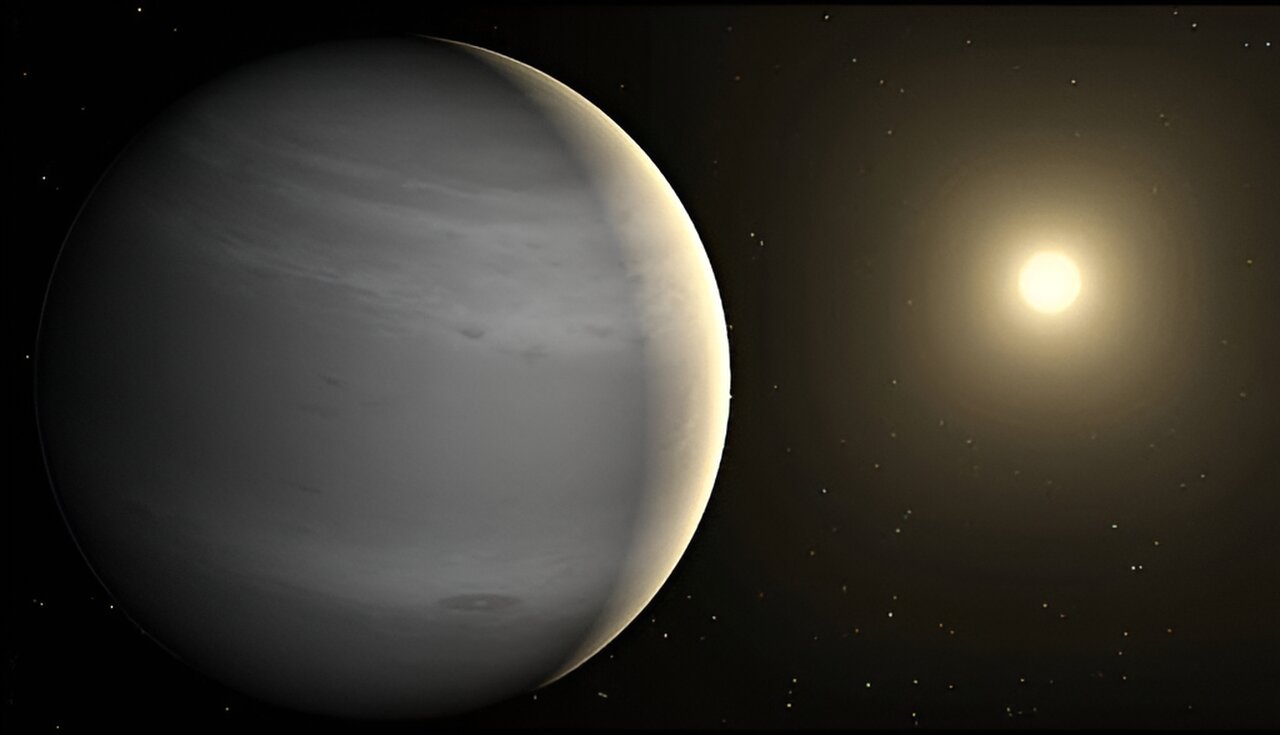The large amount of “raw” data from space telescopes hides many discoveries. Volunteers help the scientists to obtain them from there. Recently, they have managed to learn more about exoplanet WASP-77 A b.

Important data on exoplanet WASP-77 A b
The planet swings in front of its star, dimming the starlight we see. Such events, called transits, give us a lot of information about exoplanets — planets orbiting stars other than the Sun. But it can be difficult to predict when these special events happen… unless you have volunteers to help you.
Fortunately, a collaboration of several teams of amateur planet-seekers, led by researcher Federico R. Noguer of Arizona State University and researchers from NASA’s Jet Propulsion Laboratory (JPL) and Goddard Space Flight Center (GSFC), has begun to solve this problem. This collaboration has published the most accurate physical and orbital parameters to date for an important exoplanet called WASP-77 A b. These precise parameters help predict future transit events and are critical for planning spacecraft observations and accurate atmospheric modeling.
“As a retired dentist and now citizen scientist for Exoplanet Watch, research opportunities like this give me a way to learn and contribute to this amazingly exciting field of astrophysics,” said Anthony Norris, a public scientist working on the Exoplanet project.
How does volunteering help exoplanet research?
The study combined amateur astronomy/public science data from the Exoplanet Watch and ExoClock projects, as well as the Exoplanet Transit Database. It included data from NASA’s Spitzer, Hubble, James Webb Space Telescopes and the La Cilla Observatory.
Exoplanet Watch invites volunteers to participate in exoplanet research by using their own telescopes to observe exoplanets or by analyzing data collected by others. Another recent article details how the Exoplanet Observations team helped confirm a new candidate exoplanet.
WASP-77 A b is a gas giant orbiting a Sun-like star. It is only 20% larger than Jupiter. But the similarities with our solar system end there. This glowing ball of gas orbits close to its star — more than 200 times closer to it than our Jupiter.
According to phys.org


